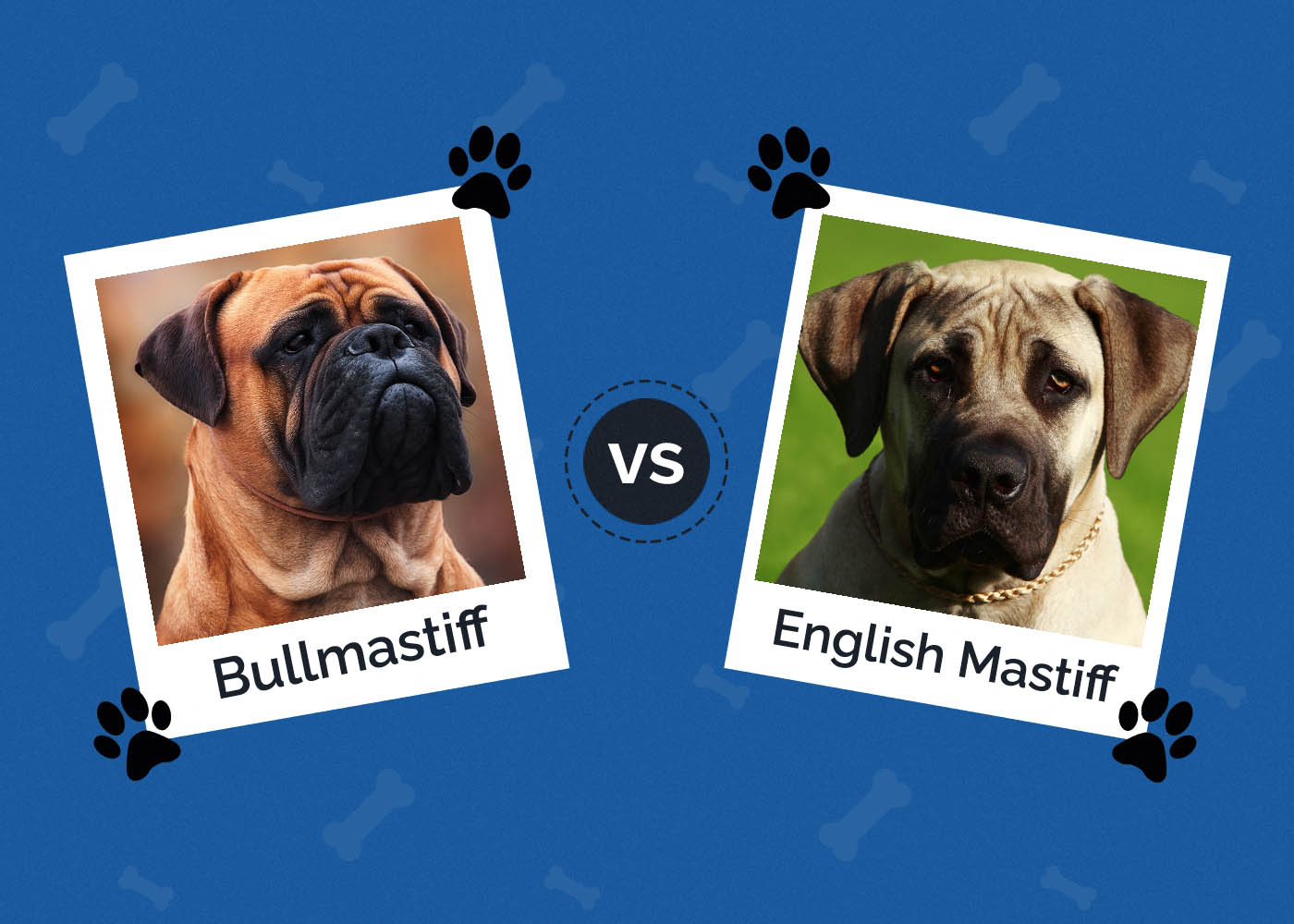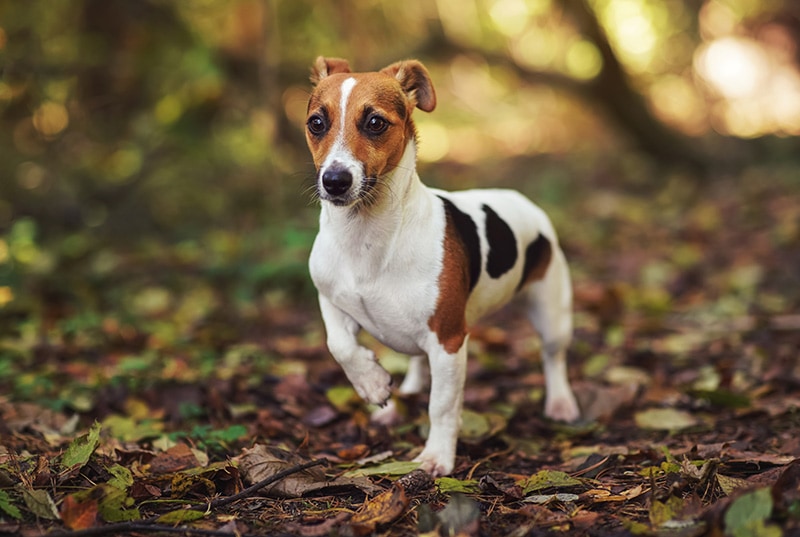What Emotions Do Dogs Actually Feel? Vet Approved Facts

Updated on

Any dog owner knows that dogs have some emotions. You can see your dog bark and raise his hackles when he’s angry or whine and run away when he’s scared. You know how your dog acts when he thinks he’s about to get a reward or punishment. But when your dog backs down after being punished, does he really feel guilty about it? Or is he just responding to the punishment?
Right now, researchers can tell dogs feel many basic emotions like love, anger, and fear, but to get into the specifics, we have to look at how emotions work and how we study them.
 The Brain Basis for Emotions
The Brain Basis for Emotions
Right now, we understand emotions as a combination of brain activity and hormones. When you see someone you love, certain parts of your brain “light up” and hormones like oxytocin surge through your body, helping you feel affectionate and happy. Now, studies are suggesting that the same basic emotions exist in animals too. A research study following a dog and goat in Arkansas measured their oxytocin levels before and after seeing each other. Sure enough, the dog got a small oxytocin rise that suggested he loved his friend.
Along with hormones like oxytocin, emotions can also be measured by brainwaves. In humans, MRI studies have consistently linked certain parts of the brain to certain emotions. But there’s a big drawback to MRI studies—they require the subject to stay perfectly still in a noisy, distracting environment. Since you need to be conscious to feel emotions, researchers have always been limited in what they could study in animals.
That all changed when a researcher named Gregory Berns started training his dog to sit and stay. He got the idea to build a fake MRI machine that mimicked the sounds and feelings of the real thing. Before long, he had 20 volunteers working on MRI obedience. Once a dog has learned to stay still during MRIs, Berns could start doing tests. Since then, he’s found that many of the same parts of the brain light up in dogs when exposed to different emotional stimuli. For example, a dog that is expecting a treat gets the same rush of anticipation as a human does.

Limitations of Dog Emotions
This research has solidly shown that dogs feel a lot of the same emotions that we do except they do not have words to label love, happiness, anger, fear, shyness, and more. But there are some limitations too. In both humans and dogs, emotional capacity develops over time. Newborns only have a binary emotional state—either they are calm, or they are excited/agitated. There isn’t much difference between fear, anger, and sadness.
More basic emotions appear over the first few months of a human child’s life or the first weeks of a puppy’s life. But humans also go through another emotional growth spurt, and dogs seem to miss out on some of these more complex emotions. These emotions tend to have more to do with one’s sense of self and place within the community—like shame, guilt, and self-consciousness. And so far, the evidence shows that dogs just don’t think that way. When they behave (or misbehave), it’s not because they feel guilty about breaking the rules or because they want to be a model community member. And if you dress your dog up in a hot dog costume, he’s not going to worry about what everyone else thinks.
 Last Thoughts
Last Thoughts
There’s still a lot of space to learn about dog emotions. But right now, we have a pretty good idea of what is going through your head. Your dog can be happy, sad, angry, or afraid. And he definitely can love you. But when your dog breaks into the fridge yet again, cut him some slack—he doesn’t quite get it as a person would.
Featured Photo Credit: Happy monkey, Shutterstock

 The Brain Basis for Emotions
The Brain Basis for Emotions









